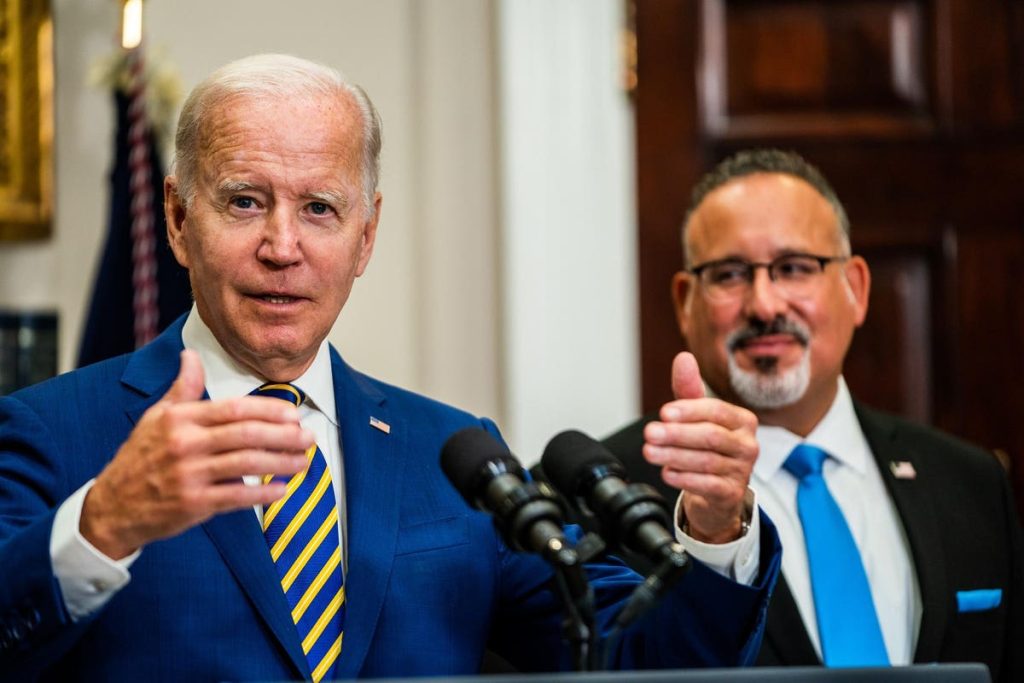As the student loan pause ends in a matter of days, borrowers are facing a number of critical deadlines. There may be only a short window to optimize your financial situation as student loan payments resume.
The student loan pause officially ends on August 31, after President Biden signed legislation codifying the conclusion of the three-year moratorium. Interest will start accruing on September 1. Loan servicers will generate billing statements later in September, with the first monthly student loan payments due in October.
Here’s a breakdown of key deadlines.
Payment Pause Counts Toward Student Loan Forgiveness, And Borrowers Can Request A Refund
One of the earliest deadlines borrowers should be aware of is August 28. This may be the last the date to request a refund of any payments made during the student loan pause.
While it may have made sense for some borrowers to make voluntary student loan payments during the moratorium given that no interest was accruing, borrowers on track for student loan forgiveness have little incentive to pay more than they need to. This is particularly true after the benefits associated with the IDR Account Adjustment and Biden’s new SAVE plan, which were not available when the student loan pause first began in 2020.
“You can get a refund for most payments (including auto pay) you make from March 13, 2020, through Aug. 28, 2023,” says Education Department guidance. “If you have a Direct Consolidation Loan, you can’t get refunds on payments you made before consolidating. Contact your loan servicer to request that your payment be refunded.”
Other August Deadlines As Student Loan Pause Ends
The Education Department recommends that borrowers do a number of things before September:
- Get up-to-date information on your student loan servicer. Upwards of 30 million borrowers have had a servicing transfer since March 2020. Navient, FedLoan Servicing, and Great Lakes Higher Education have all withdrawn from the federal government’s Direct loan servicing system. New servicers, such as Aidvantage, have stepped in. And smaller servicers like EdFinancial, MOHELA, and Nelnet have taken over many accounts. Some transfers are still ongoing. Borrowers can get more information on their student loan servicers at StudentAid.gov.
- Update your contact information with your current loan servicer and with the Department of Education at StudentAid.gov. This is critical so that you can receive important correspondence, including information about your student loan repayment plan.
- Evaluate your repayment plan options, including the new SAVE plan, which the Biden administration is billing as the most affordable student loan repayment plan ever. The Education Department just launched the application for the SAVE plan, and borrowers should enroll before the end of August to have their monthly payments as low as possible when student loan payments resume. Borrowers on the REPAYE plan will be automatically converted to the SAVE plan without needing to apply.
- Borrowers who were previously enrolled in auto-pay when the student loan pause was enacted will need to re-enroll by August 31 to ensure their payments are deducted automatically in October. Borrowers should contact their current loan servicer.
Administrative Forbearance In September Will Count Toward Student Loan Forgiveness
The Education Department says that September will be an administrative forbearance, during which no payments will be due, although interest will accrue. Borrowers can opt out of this forbearance by contacting their loan servicer by August 31.
However, the department has now clarified that this month will count toward student loan forgiveness under IDR and PSLF, reducing the need for many borrowers to opt out. “The payment pause and the flexibilities offered for PSLF borrowers under the COVID-19 relief end in August. Even though your first payment won’t be due until October, you’ll receive credit for September 2023 under the payment count adjustment if you’ve certified employment for that month,” says updated department guidance.
Student Loan Forgiveness Considerations As Student Loan Payments Resume
Borrowers who need to consolidate their loans via the federal Direct consolidation program to become eligible for student loan forgiveness under the IDR Account Adjustment should do so by December 31, 2023, according to the Education Department. So there is still time to act.
In addition, borrowers seeking loan forgiveness through PSLF should certify their public service employment before the end of the year, as well.
“Note your account won’t reflect this PSLF credit until you submit a PSLF form certifying employment,” says department guidance. “We encourage you to use the PSLF Help Tool to submit any periods of employment not yet reported to the U.S. Department of Education.”
Further Student Loan Forgiveness Reading
1 Million Borrowers Could Have $0 Payments Under New Student Loan Plan
Mass Student Loan Forgiveness Emails Sent As Challengers Appeal To Block Debt Relief
Student Loan Forgiveness Just Got Easier For These Borrowers
Student Loan Forgiveness Update: What The Latest Court Victory Means For Borrowers
Read the full article here
